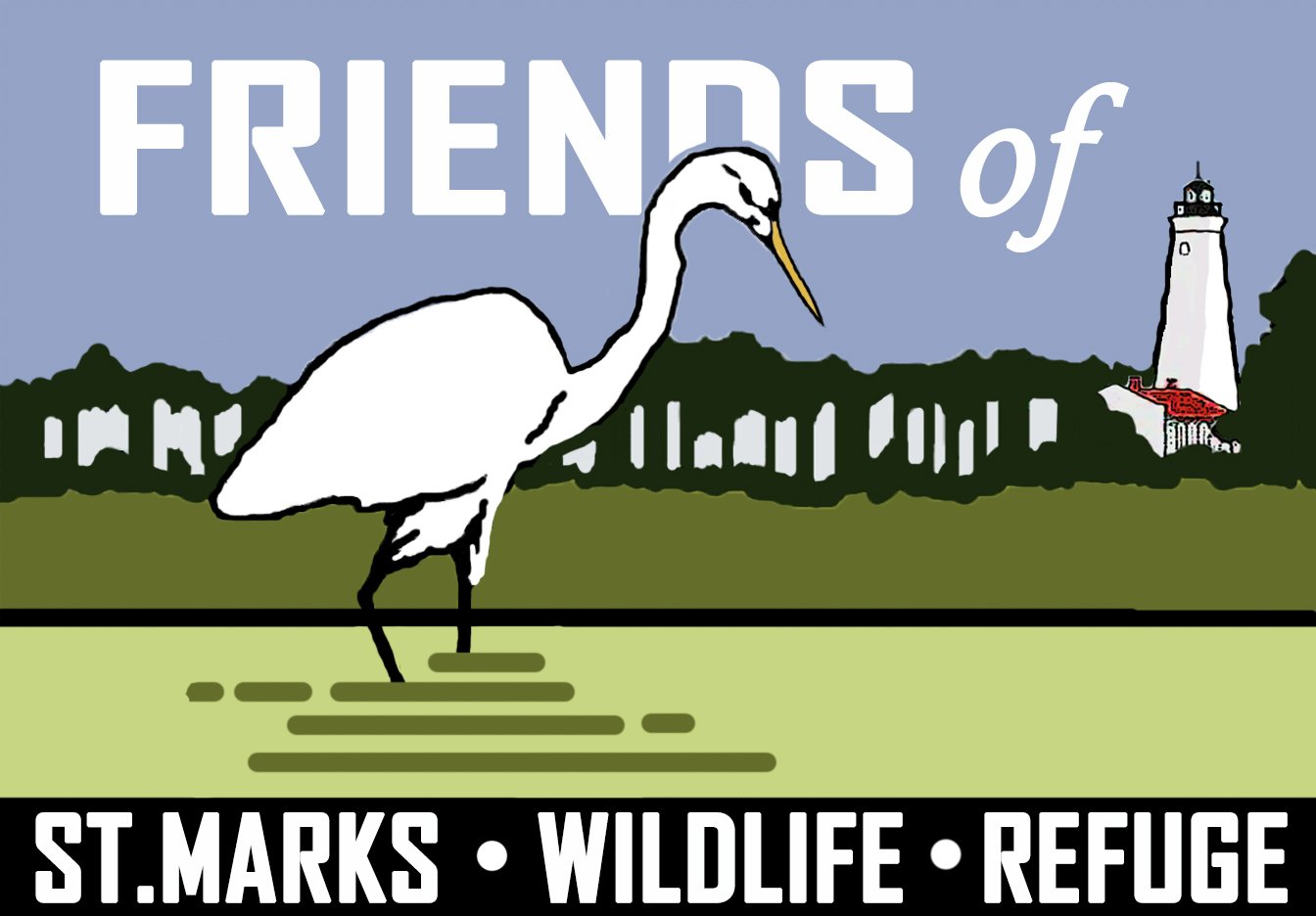I had been away on a Texas birding trip and went down to St. Marks National Wildlife Refuge to check on things. A lot has happened in my absence. The water levels at the Double Bridges, pushed to historic highs by the heavy winter rains, have finally dropped. Viburnum is in full bloom there and yellow catkins hang from the recently-bare branches of the oaks. Red maples, scattered among the oaks, sport their bright scarlet winged seeds. Dewberry and spiderwort are in flower along the edge of the road. We are three weeks away from the Vernal Equinox, but Spring is already underway at the refuge.
The cusp of Spring is a transitional time. Seasons are never completely distinct down here along the Gulf coast. Bald Eagles are feeding young and Ospreys are carrying nesting material. In early March there is a noticeable lull in the pace of life. Bird diversity and numbers at the refuge are down as our resident winter birds leave before returning Spring migrants begin coming through. There are still a few stray phoebes, House Wrens and Hermit Thrushes on the refuge and ducks, never plentiful this winter, are dwindling rapidly. However, the winter season is winding down.
March brings renewed life. Blue flag iris and rain lilies will appear and white waterlilies will begin to open on the refuge’s interior ponds. This is the month for leaf out, when we see how many different shades of green there are in the world. As the weather warms, dragonfly nymphs will metamorphose into darners, pennants and pondhawks. The butterfly year will begin as skippers, satyrs, sulphurs, and swallowtails emerge from their cocoons. Late in the month the early morning skies will be filled with loons heading for the Great Lakes and Canada.
We will see the first waves of returning and transiting migrants. Around two million birds will migrate through the refuge in March, mostly in the last two weeks of the month. The refuge’s shorebird population will begin its seasonal drop as wintering Dunlin head North. As shorebird numbers slowly decrease the mix of shorebirds will shift as South American migrants like Pectoral and Stilt Sandpipers stop in at the refuge to feed before continuing to the arctic coast.
The nights will be filled with the piercing calls of newly-returned Chuck-wills-widows. In the hammocks along the Double Bridges, Yellow-throated and Red-eyed Vireos will call from the treetops, Louisiana Waterthrush and Hooded Warbler will hunt along the surface and, in between, Northern Parulas and Summer Tanagers will search for newly emerged caterpillars. Thistles blooming on the levees will provide nectar for Ruby-throated Hummingbirds, hungry after a long trans-Gulf flight.
It was a strange winter season at St. Marks. It’s time for it to end and for a new season to begin. Come down to the refuge. Things are about to get really interesting.

